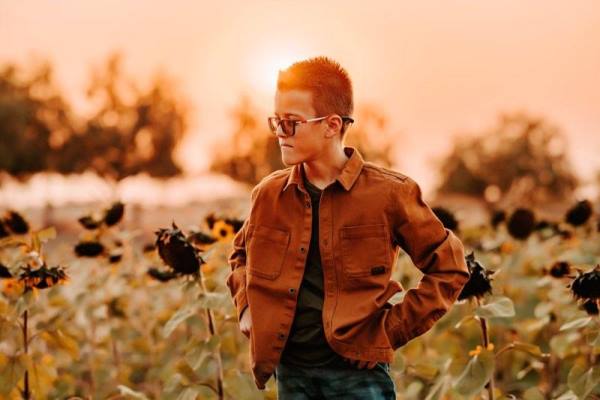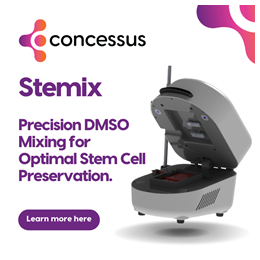You are here
Cord Tissue MSC Helped my Adolescent Son
Thirteen years ago, Colt was born at 24 weeks gestation. He only weighed 1 pound and 9 ounces at birth, and had to spend 4 months in a neonatal intensive care unit, including 40 days on a ventilator. He also experienced bleeding in his brain.
Despite this rough start in life, Colt has done remarkably well. He has received physical therapy, occupational therapy, and special schooling all his life. Colt was diagnosed with both cerebral palsy and autism spectrum disorder. But Colt is not seriously handicapped - he can walk, talk, and perform many tasks without assistance. Nonetheless, his parents have always been searching for extra help to deal with persistent deficits. For example, Colt has extreme sensitivity to sensory overloads.
At first, Colt’s parents hoped to treat him with cord blood. Four years after Colt was born, his baby brother arrived, and the family privately banked the baby’s cord blood. His parents were hoping to take Colt to Duke University for treatment with stem cells from sibling cord blood. But by the time Duke finally launched a clinical trial of sibling cord blood for cerebral palsy, Colt was too old to participate in the trial, which had a cut off at age 6.
Colt’s parents continued to look for novel therapies. One day, his mom Nicole heard a podcast that talked about the Panama Stem Cell Institute. To learn more, she ordered the book by Dr. Neil Riordan, Stem Cell Therapy: How Stem Cells Are Disrupting Medicine and Transforming Lives: a Rising Tide. After reading the book, Nicole felt she was “sold” on trying his clinic in Panama, which treats children with intravenous infusions of mesenchymal stromal cells (MSC) from umbilical cord tissue.

The family traveled to Panama for therapy twice, in November 2018 when Colt was age 11, and again in January 2020 at age 12. Nicole has documented these family trips in her blog. Colt’s family felt that they saw gains from the therapy, enough to justify that second trip.
Colt’s speech therapist tested his language skills before each trip and upon return. After the first trip, Colt showed a 35% improvement in both his expressive and receptive language, which to Nicole felt like a “burst of vocabulary”. Colt’s balance improved so much that now he can ride a bike without training wheels. His sensory sensitivities are much more manageable; for example, sudden loud noises or getting sun in his eyes do not set him off like before. Finally, Colt has an improved sense of self-awareness and self-confidence. Whereas before he did not mind letting his parents help him to prepare food or get dressed, he now realizes that at age 13 he should be able to do these things, and he insists upon doing them independently.
We have often heard that children’s brains continue to develop through adolescence and during the teen years. Yet most of the clinical trials that treat cerebral palsy or autism with cell therapy are focused on young children. Colt’s story illustrates that it is possible for an adolescent to see significant gains from cell therapy. However, it is important to caution that individual responses vary greatly, and one child’s story does not establish the efficacy of this therapy.


